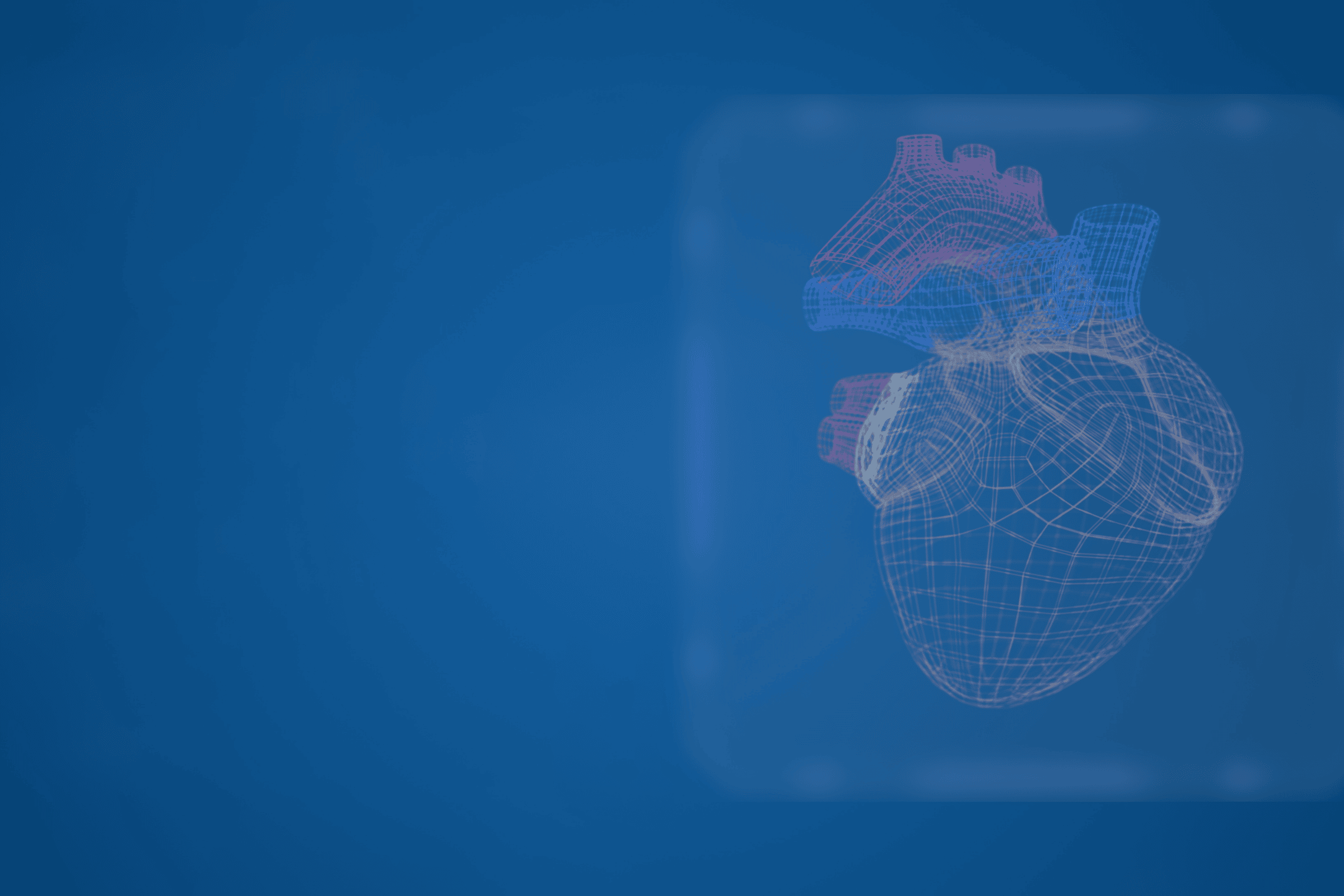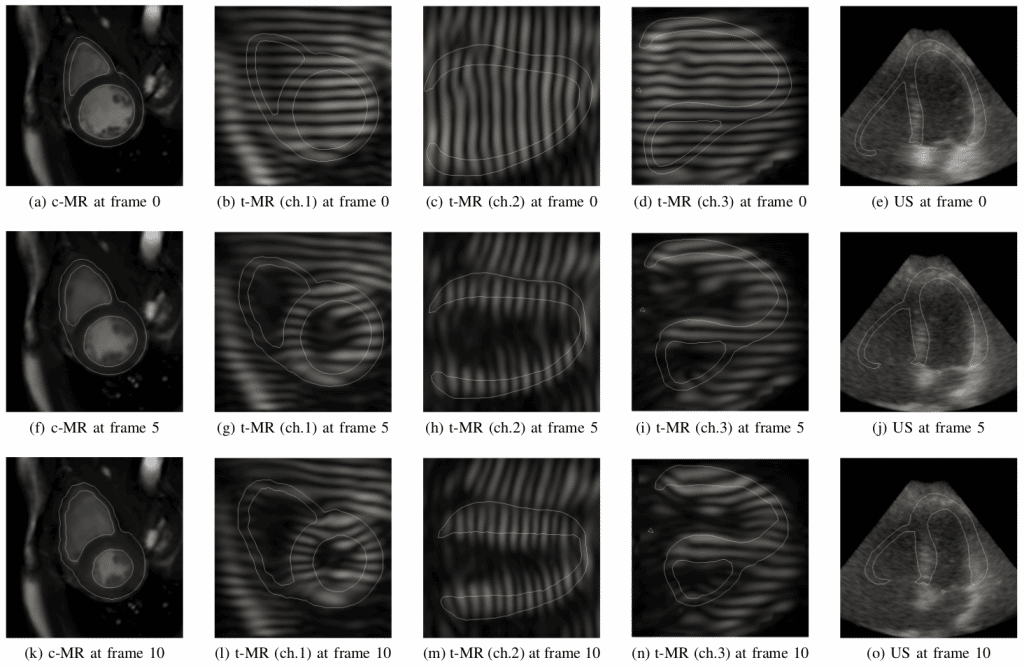Execute thousands of computational tasks to analyse large datasets
Creating a digital heart

Scientists have developed a framework to generate virtual ultrasound and magnetic resonance images using the VIP platform
Cardiovascular diseases are one of the top causes of death globally. The mortality rate can be reduced by diagnosing these diseases at an early stage. One of the ways to do that is by using cardiac imaging technologies, such as ultrasound (US) and magnetic resonance (MR). Scientists have made a lot of progress in the past years by simulating these techniques and using virtual patients.
~The generation of one full 3D sequence took around 6 hours on VIP, knowing that it would have taken over 280 hours on a personal laptop.
The work of researchers Olivier Bernard and colleagues at the University of Lyon in France is focused on this exact purpose. In one of their recent studies, they developed a first simulation framework to generate 3D artificial cardiac US and MR image sequences from the same virtual patient.
The team started by using real clinical recordings to extract information that would improve the realism of the generated synthetic images. Then they involved a state-of-the-art electromechanical (E/M) model to simulate cardiac motion fields and used physical simulation environments to replicate image formation.
Their combined work resulted in a framework for generating synthetic data.
All the simulations were launched from the Virtual Imaging Platform (VIP) tool, a web portal for medical simulation and image data analysis relying on EGI’s High-Throughput Compute and Online Storage resources.
Thanks to the new framework, Bernard and his colleagues created a catalogue of 18 virtual patients, with a total of 90 synthetic sequences representing 2700 image volumes with the corresponding benchmarked myocardial motion for validation purposes.
This allowed the team to generate a full 3D synthetic sequence in around 6 hours. Without the added value of VIP and the compute resources behind the platform, the same task would have taken over 280 hours to complete on a normal laptop.
The team’s research results and the sequences are available online via an open-access database.

